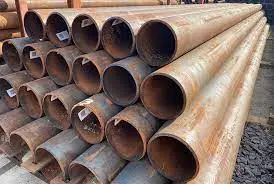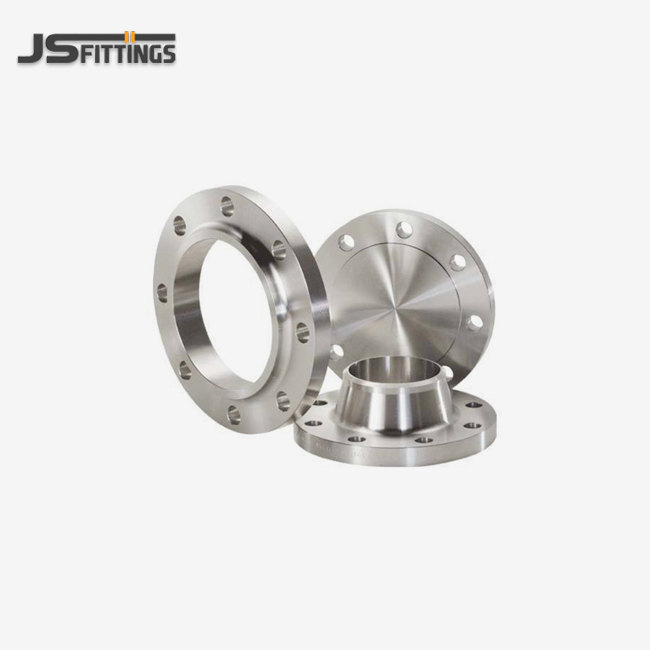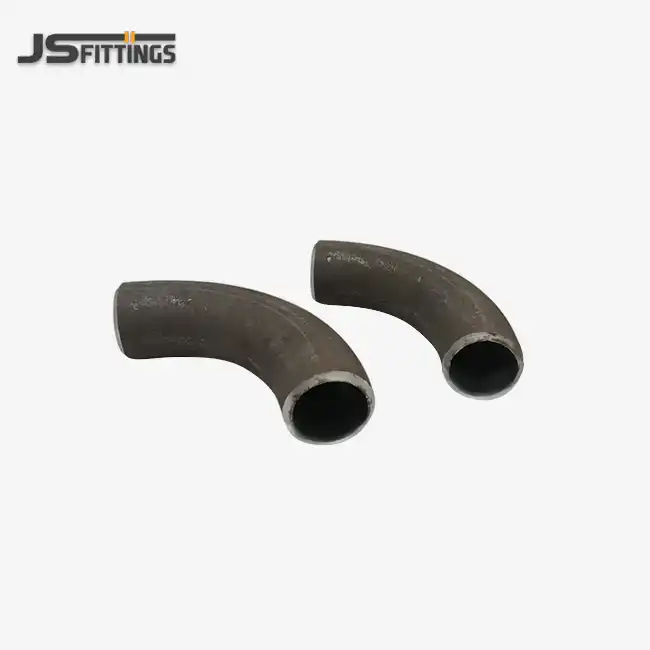When selecting steel piping for industrial applications, understanding the fundamental differences between welded and seamless steel pipe becomes crucial for project success. Seamless steel pipe features a continuous structure without joints, manufactured through hot rolling or cold drawing processes, while welded pipes are formed by joining steel plates or strips with welding seams. These manufacturing distinctions create significant variations in pressure resistance, cost-effectiveness, and application suitability that directly impact project performance and safety standards.

Manufacturing Process Differences and Quality Impact
The production methods for welded and seamless pipes create distinct characteristics that affect their performance in industrial applications. Seamless tubing undergoes hot rolling processes where heated steel billets pass through piercing mills, creating hollow tubes without welded joints.
Welded pipe manufacturing involves forming flat steel strips into cylindrical shapes, then joining the edges through electric resistance welding (ERW), submerged arc welding (SAW), or other welding techniques. This process creates a visible weld seam along the pipe length.
Key manufacturing differences include:
- Seamless pipes maintain uniform wall thickness throughout their circumference
- Welded pipes may show slight variations near the weld zone
- Seamless production requires higher energy consumption and specialized equipment
- Welded pipe manufacturing offers greater size flexibility and faster production rates
Test data from industrial applications shows seamless pipes achieve 95-98% uniformity in wall thickness measurements, while welded pipes typically range between 90-95% uniformity. If you need consistent wall thickness for high-pressure applications, then seamless options prove more suitable for critical installations.
Pressure Rating and Strength Comparison
Pressure capabilities represent one of the most significant distinctions between these pipe types. Seamless steel pipe demonstrates superior pressure resistance due to its continuous structure without weak points from welding.
Performance data reveals important differences:
- Seamless pipes handle pressures up to 15,000 PSI in standard configurations
- Welded pipes typically accommodate pressures between 3,000-8,000 PSI
- Burst pressure tests show seamless pipes failing at the base material strength
- Welded pipes often experience failure at or near the weld seam under extreme conditions
Corrosion resistance also varies between these pipe types. The welded joint area can become susceptible to corrosion initiation, particularly in aggressive chemical environments. Seamless pipes provide uniform corrosion resistance throughout their structure.
If you need reliable performance in high-pressure oil and gas pipeline applications, then seamless options deliver superior safety margins and longer service life.
Cost Analysis and Economic Considerations
Economic factors play a decisive role in pipe selection for most industrial projects. Welded pipes generally cost 20-40% less than equivalent seamless alternatives due to simpler manufacturing processes and higher production volumes.
Cost breakdown analysis shows:
- Raw material utilization: Welded pipes achieve 95% efficiency versus 85% for seamless
- Production speed: Welded manufacturing processes operate 3-4 times faster
- Energy consumption: Seamless production requires 40% more energy per ton
- Tooling costs: Welded pipe equipment investment remains significantly lower
However, total cost of ownership calculations must include maintenance, replacement frequency, and downtime costs. Seamless pipes often provide better long-term value in demanding applications despite higher initial investment.
If you need to control project budget while maintaining adequate performance, then welded pipes offer excellent value for moderate-pressure fluid transport systems.
Size Range and Availability Factors
Manufacturing limitations create different size capabilities between welded and seamless steel pipe options. Welded pipes accommodate larger diameters more economically, with standard production reaching 100 inches or greater.
Seamless pipe production faces practical constraints:
- Maximum diameters typically limited to 24-30 inches in standard grades
- Wall thickness options range from schedule 10 through XXS
- Length limitations due to piercing mill capabilities
- Specialty sizes require longer lead times and higher costs
Welded pipes offer greater flexibility in custom dimensions and faster delivery schedules. Large infrastructure projects benefit from the size range and availability advantages of welded options.
Mechanical tubing applications often prefer seamless construction for precision requirements, while structural pipe installations frequently utilize welded alternatives for economic advantages.
Application-Specific Selection Guidelines
Industry applications demand specific pipe characteristics that favor either welded or seamless construction. High-pressure pipe applications in petrochemical processing typically require seamless construction for safety compliance.
Seamless pipes excel in:
- Heat exchanger tubes requiring pressure cycling resistance
- Boiler tubes exposed to extreme temperatures
- Precision pipe applications needing dimensional accuracy
- Critical fluid transport where failure risks are unacceptable
Welded pipes perform effectively in:
- Water distribution systems with moderate pressure requirements
- Structural applications where strength-to-weight ratios matter
- Large-diameter pipeline installations
- General industrial piping with standard operating conditions
If you need compliance with stringent safety regulations, then seamless alternatives typically meet more demanding certification requirements with fewer restrictions.
Quality Standards and Testing Requirements
Both pipe types must meet rigorous quality standards, but testing protocols vary based on construction methods. Seamless steel pipe undergo hydrostatic testing, ultrasonic inspection, and dimensional verification as standard procedures.
Welded pipe testing includes additional weld integrity verification:
- Radiographic examination of welded seams
- Magnetic particle testing for surface defects
- Impact testing at welded joint areas
- Chemical analysis of weld metal composition
Certification requirements for government and infrastructure projects often specify seamless construction for critical applications. Alloy steel pipe installations in chemical processing facilities typically mandate seamless options for corrosion resistance and reliability.
Pipe extrusion processes for seamless production ensure consistent metallurgical properties throughout the pipe wall. Welded alternatives may show variations in heat-affected zones near the weld area.
Conclusion
The choice between welded and seamless steel pipe depends on specific application requirements, budget constraints, and performance expectations. Seamless pipes offer superior pressure resistance, uniform wall thickness, and enhanced safety for critical applications, while welded alternatives provide cost-effective solutions for standard industrial piping needs. Understanding these distinctions enables informed decisions that optimize project outcomes while meeting safety and compliance requirements. Professional consultation with experienced manufacturers like JS FITTINGS ensures proper pipe selection for your specific industrial applications.
Partner with JS FITTINGS for Premium Seamless Steel Pipe Solutions
Selecting the right seamless steel pipe manufacturer ensures project success through reliable quality and consistent supply. JS FITTINGS brings over 40 years of expertise in manufacturing high-performance steel pipe fittings and seamless pipes for demanding industrial applications.
Our advanced production capabilities include four specialized manufacturing lines equipped with the latest technology for seamless pipe production. ISO 9001, CE, and GOST-R certifications demonstrate our commitment to quality standards that meet international requirements.
JS FITTINGS serves diverse industries across the Middle East, South America, Europe, and Asia with competitively priced solutions that minimize project risk while ensuring safety compliance. Our seamless steel pipe products undergo rigorous testing protocols to guarantee performance in high-pressure applications.
Whether you need precision mechanical tubing for manufacturing equipment or high-pressure pipes for oil and gas installations, our engineering team provides technical support throughout your project lifecycle. We maintain extensive inventory to meet tight deadlines while offering custom solutions for specialized requirements.
Ready to discuss your seamless steel pipe requirements? Our experienced team stands ready to provide detailed specifications and competitive pricing for your next project. Contact us at admin@jsfittings.com to explore how JS FITTINGS can support your industrial piping needs with proven reliability and exceptional service.
References
1. American Society of Mechanical Engineers. "ASME B36.10M - Welded and Seamless Wrought Steel Pipe." New York: ASME Press, 2018.
2. Boyer, Howard E., and Timothy L. Gall. "Metals Handbook: Properties and Selection of Metals." Materials Park, OH: ASM International, 2019.
3. Chuse, Robert, and Bryon Eber. "Pressure Vessels: The ASME Code Simplified." New York: McGraw-Hill Professional, 2017.
4. International Organization for Standardization. "ISO 3183: Petroleum and Natural Gas Industries - Steel Pipe for Pipeline Transportation Systems." Geneva: ISO Publications, 2019.
5. Smith, William F., and Javad Hashemi. "Foundations of Materials Science and Engineering." New York: McGraw-Hill Education, 2020.
6. Specifications for Line Pipe, API Specification 5L. Washington, DC: American Petroleum Institute, 2018.
_1755158680854.webp)


